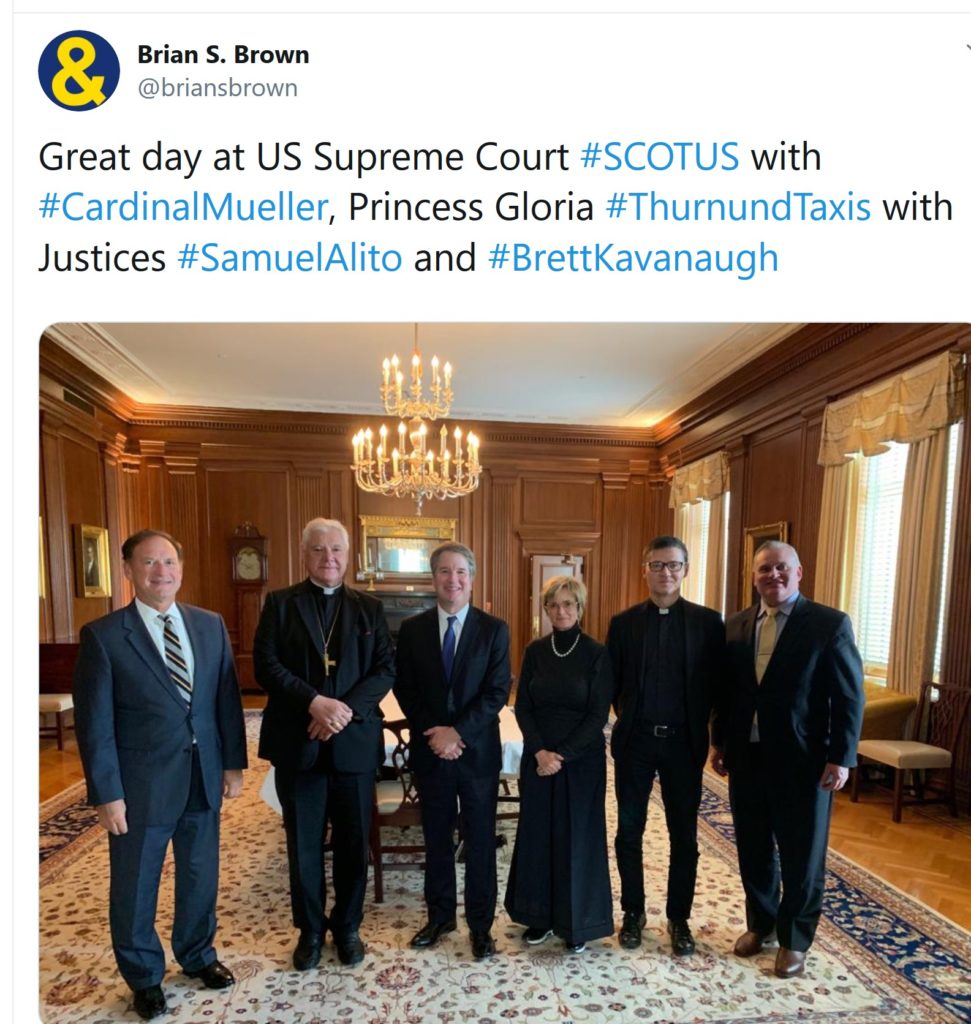Post-Dobbs politics in the midwest

Sam Alito’s blog post ending nearly 50 years of reproductive rights in America is certainly having a political impact in some states that appeared to have swing heavily Republican since 2012:
Gov. Mike DeWine of Ohio, a Republican, argued that Tuesday’s vote over how to amend the State Constitution was about protecting the state from a flood of special interest money. Secretary of State Frank LaRose, another Republican, urged voters to protect the “very foundational rules” of their constitution.
But Ohio voters clearly didn’t buy it. About three million of them showed up for a vote dominated by the debate over abortion rights — an issue that was not technically on the ballot, but was the undeniable force that transformed what would have normally been a little-noticed election over an arcane legislative proposal into a national event.
For decades, a majority of Americans supported some form of legalized abortion. But the Supreme Court’s Dobbs decision overturning Roe v. Wade has shifted the political intensity on the issue, reshaping a once mostly silent coalition of liberal, swing and moderate Republican voters into a political force. It’s a force Democrats are working hard to harness in elections across the country next year, often with ballot measures, and it’s a power Republicans have yet to figure out how to match, or at least manage.
“We’ve taken it on the chin since Dobbs,” said Michael Gonidakis, president of Ohio Right to Life in Columbus, Ohio, who helped organize efforts supporting the proposal on Tuesday. “One of the things we learned was to get out in front and get out ahead and don’t wait because you’ll be run over by the train.”
Officially, Ohio voters were being asked whether to make it harder to amend the State Constitution by raising the threshold to enact a new constitutional amendment from a simple majority to 60 percent and increase the requirements to get such initiatives on the ballot.
In remarks before party activists and in strategy memos, Republican officials acknowledged that the measure was an attempt to make it harder for abortion rights supporters to pass a ballot measure scheduled for November that would add an amendment protecting abortion rights to the State Constitution. Those private comments fueled a firestorm of national media coverage, nearly $20 million in political spending and surprisingly high turnout for an election in the dead of summer.
Nearly twice as many people voted on the Ohio measure than cast ballots in primaries for governor, Senate, House and other marquee statewide races last year.
Republicans probably have enough runway in Ohio to keep winning the Electoral College votes there, but Michigan, Wisconsin and Pennsylvania have probably gotten significantly tougher since June 2022.


